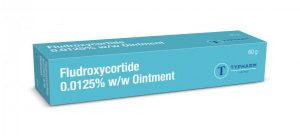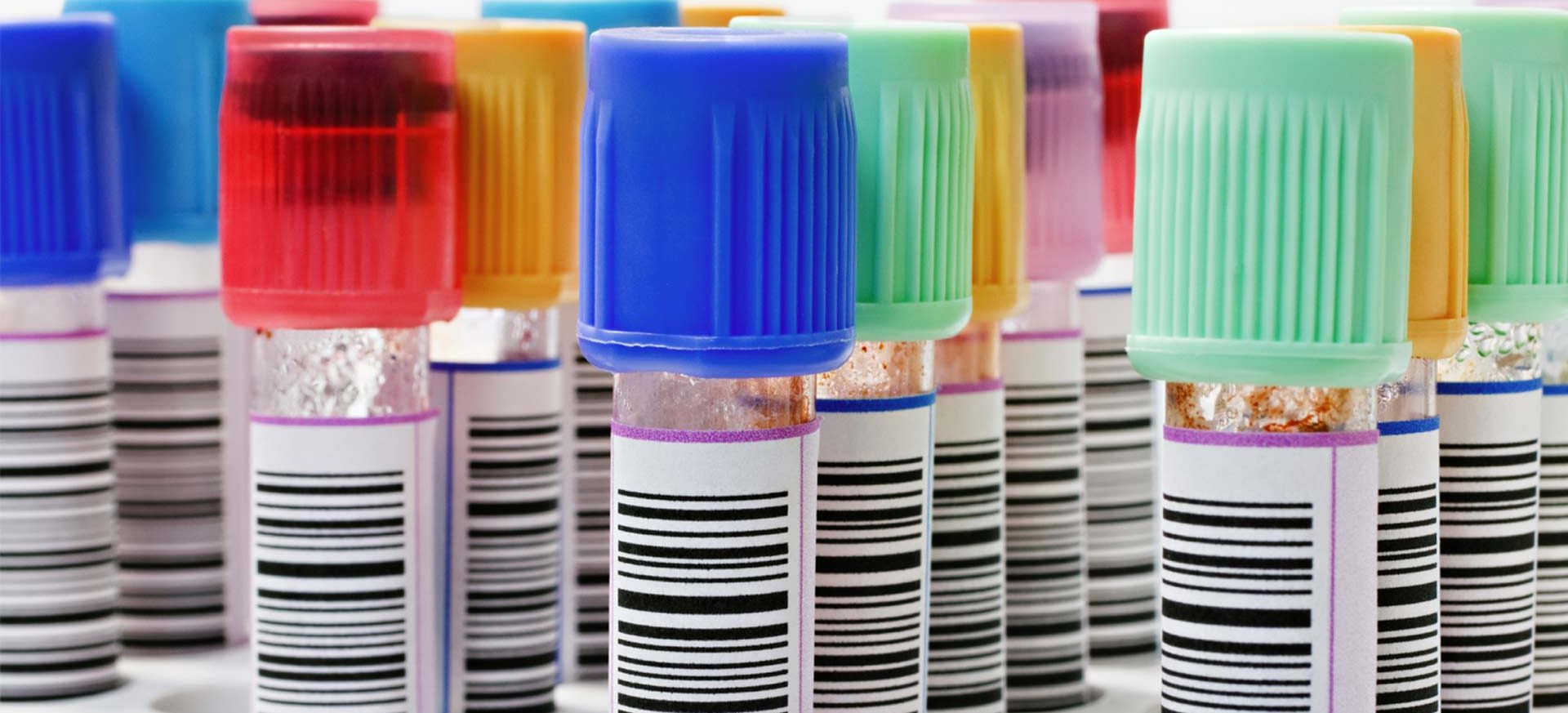Typharm gets up and running with the FMD.
Typharm gets up and running with the FMD.

Typharm is a family owned pharmaceutical manufacturer located in Norwich. They have been making ointments and treatments since 1985.
“The EU’s Falsified Medicines Directive came into force in February 2019 and part of that was a need to print high quality barcodes. We understood thermal label printing but needed a fully tested label printing system which verified the labels and worked with the data hub”. Tom – Typharm
The Problem
Whilst Typharm could print thermal labels, it didn’t have up to date software in order to design Falsified Medicines Directive (FMD) compliant labels – i.e. the Datamatrix code. Another requirement of the FMD was to have barcodes that had been quality tested.
The Solution
Typharm contacted Expert Labels and a meeting was organised. During the meeting BarTender label design software was examined and we talked about how they could overcome the barcode testing problem.
A year earlier we had worked with Identify Direct, a company that implements Omron Microscan in-line barcode verification solutions. Using camera technology and software, it is able to compare what should have been printed with what was coming out of the printer.
It was able to work so quickly, it was able to stop the printer and warn the operator if the label being printed was wrong. Typharm decided to use the Printronix T8304 thermal label printer.

Using this printer the inline verification system is able to stop the print, retract the label and print hash marks over it – marking it quite clearly as rejected, eliminating the possibility a non-compliant label makes its way onto a product. It even had a warning beacon attached to the printer.

The Printronix printer, IVS barcode verifier and BarTender software were installed and set up on the same day. Expert Labels specialised in the BarTender software whilst Identify Direct handled the hardware and verifier.
The label design in BarTender appeared simple at first glance but below the surface, needed to combine a simple to use data entry form along with a data matrix 2D barcode which brought together the data that the FMD requires. What was also important was printing the same FMD data in ‘human readable’ form on the label.
We set it up so that when the user came to print their label, the form was displayed and prompted the user to enter the various pieces of data demanded by the FMD. Things got easier for the user but more difficult for us, the label designer. We wanted to check the data entered was correct – so we needed to set up data entry rules.
Another component of the label that BarTender handled was a unique serial number that needs to be included on the FMD label. Typharm used a company to generate the random serial numbers. The numbers were sent to Typharm as a CSV file. BarTender took the CSV file and used the data on the label, printing different labels for each number in the file.
The project was completed in two stages. First: printer, verifier and BarTender software installation and training – done on site. Second: setting up the serialisation data from Tracelink when it was available for testing. The second stage was done remotely.
Training in the BarTender label design software took place in person at Typharm. The users were given a workbook to fill in as they worked through various exercises that practiced the features they needed for their label but also demonstrated other features that could help them in the future.
The Result
Thanks to Typharm putting the project together in good time before the FMD deadline, we were able to complete the project with time to spare. There were a few problems with the data received from Tracelink but these were resolved by Expert Labels, working remotely, in a matter of hours.



